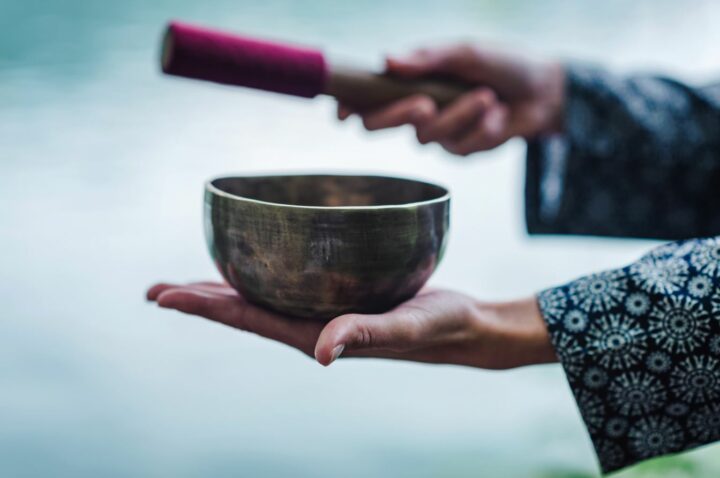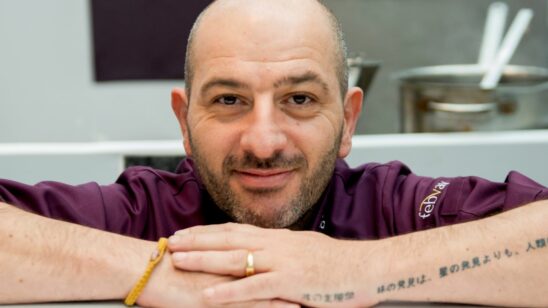
Wellness tourism now a US$639 billion market
[vc_row][vc_column][vc_column_text]Wellness tourism is growing in the Maldives, like any other market, albeit at a slower than expected speed. Yet, the global wellness tourism market is on the rise, growing from a US$563 billion market in 2015 to US$639 billion in 2017. The 6.5% annual increase is twice that of overall tourism growth, which is at 3.2%.
Wellness tourism is forecasted to grow even faster by 2022 and reach US$919 billion, with an annual growth of 7.5%. While North America is driving the most wellness tourism revenues – US$242 billion annually – and Europe clocking the most wellness trips, the Asia Pacific region is the eye-opener growth leader, according to the Global Wellness Institute.
China and India are ranked at the top for growth, China leading the list followed by India in second, adding roughly 22 million and 17 million wellness trips respectively from 2015-2017, according to the findings of the Global Wellness Tourism Economy report by GWI. The first edition of the GWI report in 2013 was the first to put wellness tourism on the world’s radar, defining it as “travel associated with the pursuit of maintaining or enhancing one’s personal well-being.”
“Wellness tourism burst into the consumer consciousness just a very few years ago, and it’s hard to grasp the speed of its growth and evolution,” noted Katherine Johnston and Ophelia Yeung, senior researchers of GWI.
“Wellness, hospitality and travel are now converging in unprecedented ways, from the ‘healthy hotel’ concept going utterly mainstream to airports, airlines, and cruises injecting so much wellness programming, to the profusion of ever-more-creative wellness destinations, retreats and tours. The wellness concept is transforming almost every aspect of the travel industry—and wellness tourism will only grow faster in years ahead, as it lies at the powerful intersection of two massive, booming industries: the $2.6 trillion tourism industry and the $4.2 trillion wellness market.”
Expenditure growth from 2015 to 2017
Findings show that travellers made 830 million wellness trips in 2017, which is 139 million more than in 2015. While this represents 17% of all tourism revenues, developing markets are leading the growth story: Asia Pacific, Latin America-Caribbean, Middle East-North Africa, and Sub-Saharan Africa represented only 40% of wellness trips in 2017 but accounted for 57% of the increase in trips since 2015.[/vc_column_text][vc_single_image image=”20923″ img_size=”full” alignment=”center” title=”Wellness Tourism Trips and Expenditures by Region, 2015 and 2017″][vc_column_text]
Top markets
While wellness tourism is mostly concentrated in several countries across North America, Europe and Asia-Pacific, the top five nations – US, Germany, China, France, Japan – represent 59% of the global market. But things have been changing over the course of the past three years, with both China and India shooting up the ranks. China jumped to the third spot from 11, while India hopped on as seventh, from 16th position. When we look at the top 20 wellness tourism destination markets in 2017, Malaysia is seen as the newest addition to the list from the Asia Pacific region, making it to the top 20 list for the first time.[/vc_column_text][vc_single_image image=”20924″ img_size=”full” alignment=”center” title=”Top 10 Wellness Tourism Destination Markets, 2017″][vc_column_text]
Fast growing future driven by high spending travellers
When we look at the tourism growth rate, compared to that of the wellness tourism sector, wellness tourism is set to grow at an average annual rate of 7.5% through 2022, much higher than the 6.4% growth estimated for overall tourism. According to the latest findings by GWI, wellness spending will hit US$919 billion by 2022, with 1.2 billion wellness trips taken annually. With emerging markets, like those of China and India, over half of the expenditure growth – and three-quarters of the wellness trips growth – through 2022 will take place in Asia-Pacific, Latin America-Caribbean, Middle East-North Africa, and Sub-Saharan Africa.
The reason behind the growth in spending? The answer lies in the wellness travellers, who are very high-spending, high-yield tourists. According to the GWI report, international wellness tourists on average spent US$1528 per trip in 2017, 53% more than the typical international tourist. The premium for domestic wellness tourists is even higher: at US$609 per trip, they spend 178% more than your average domestic tourist.[/vc_column_text][vc_single_image image=”20925″ img_size=”full” alignment=”center” title=”Wellness Tourism Growth Projections, 2017 – 2022″][vc_column_text]And who are the highest spending wellness travellers? According to the GWI, there are two types of wellness travellers; the “primary” variety whose trip or destination choice is motivated by wellness; and “secondary” variety, who participates in wellness experiences on any leisure or business trip. Contrary to the popular misconception that wellness travellers are a small, elite, rich group who visit destination spas or meditation retreats, it’s actually the more mainstream secondary breed that comprises the dramatic bulk of the market: 89% of wellness trips and 86% of expenditures.
Wellness and the Maldives
As the number of countries promoting their wellness “assets” are on the rise, it is time for the Maldives to join this global drive. The number of countries actively marketing their wellness offerings at the national level jumped from 65 in 2013 to over 100 in 2018. While destinations are now developing far more authentic, place-based wellness tourism products and brands – whether pioneers like Kerala, India, which branded itself the “Land of Ayurveda” over two decades ago, or Costa Rica’s new “Wellness Pura Vida” campaign, there is more than can be done in the tropical paradise of the Maldives.
When we compare a spa session in the Maldives and that in a busy city, the difference is the environment in the Maldives, which in itself has its healing powers with its tranquillity, fresh air, and surrounding ocean which enhances the spa experience manifold. While the wellness industry in the Maldives is gradually being shaped into a fuller and more comprehensive level, it is good to see changes beyond the standard spa experience, and morning yoga and stretching sessions; wellness retreats and medical spas which offer alternate forms of healing, fitness activities that are more fun than rigorous, and wellness platforms that are beyond yoga.
Editor’s Note: The figures in the tables combine both international/outbound and domestic wellness tourism spending, and also include both primary and secondary wellness trips. Figures may not sum to total due to rounding. The information in this article is based on the key findings of the 2018 Global Wellness Tourism Economy report by the Global Wellness Institute. [/vc_column_text][/vc_column][/vc_row]





